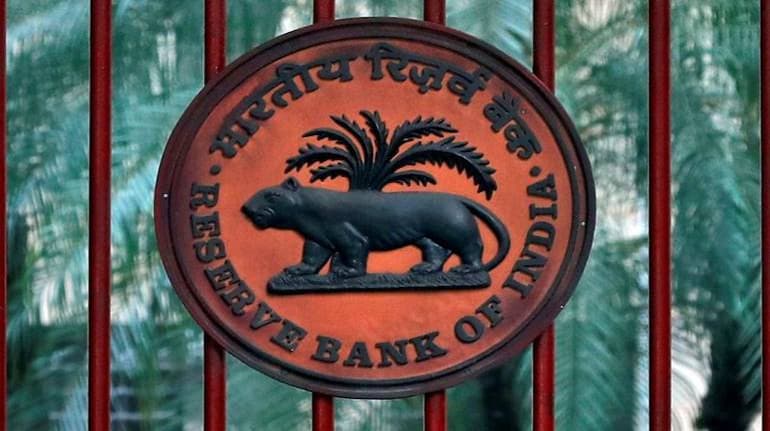



Two months ago, Reserve Bank of India (RBI) Governor Shaktikanta Das made it a point to emphasise that the Monetary Policy Committee's (MPC) decision to leave the repo rate unchanged at 6.5 percent after six consecutive rate hikes was only a pause.
"It is a pause, not a pivot," Das said on April 6.
The central bank chief did not convince many, with the MPC seen as having been done with its rate hike cycle. It is no surprise then that the June 8 interest rate decision is expected to be a repeat of April 6.
In the absence of any rate action, the natural question to ask is: what about the monetary policy stance?
Calls for change
In April, the MPC modified its language to say it would remain focused on the withdrawal of accommodation "to ensure that inflation progressively aligns with the target". Previously, the committee's resolution said the focus on the withdrawal of accommodation would remain "to ensure that inflation remains within the target going forward".
A minor change, perhaps made to ensure semantic correctness considering that headline retail inflation was not within the 2-6 percent tolerance band at the time. But the real issue is the first half of the sentence: withdrawal of accommodation.
According to Kaushik Das, Deutsche Bank's chief economist for India, the MPC can "easily justify changing the stance to neutral" this week.
"The RBI's justification for not changing the 'withdrawal of accommodation' stance thus far was driven by the fact that real rates were not as positive as they were in the first half of 2019, when the stance was last characterised as neutral," the Deutsche Bank economist noted.
Nuvama Research's analysts also expect the MPC to change its stance to neutral to signal the end of the tightening cycle.
But why would the MPC want to retain its 'withdrawal of accommodation' stance? Because of what it represents — the expected future short-term interest rate.
"The primary reason why most MPC members probably do not want to change the stance to neutral is because doing so may lead to markets bringing forward expectations of rate cuts and start pricing in bigger and deeper rate cuts, which the central bank probably wants to avoid at this stage," Deutsche Bank's Das said.
This logic paves the path for the MPC to change its stance when it is fully ready to cut interest rates.
Pivot may be a rate cut
A rate cut would also be a more definitive policy pivot than a change in stance for the simple reason that the RBI has been loath to give any sort of forward guidance in these uncertain times.
Moneycontrol spoke to the three external members of the MPC in late April and asked them what would constitute a policy pivot. According to Shashanka Bhide, a pivot would be "a rate decline or more broadly, at this juncture, an indication of a future change in the rate path".
Ashima Goyal said a pivot would only be possible when it is clear that inflation is "sustainably approaching the target" of 4 percent.
The third external member, Jayanth Varma, refused to comment on the RBI governor's use of the word 'pivot' as it was not part of the MPC's statement.
Clearly, the external members of the MPC — and maybe even the RBI's representatives — want to be confident when shifting the course of monetary policy. A policy flip-flop helps no one. And in the market's eyes, a shift in stance not followed by a rate cut would be akin to a flip-flop.
Discover the latest Business News, Sensex, and Nifty updates. Obtain Personal Finance insights, tax queries, and expert opinions on Moneycontrol or download the Moneycontrol App to stay updated!
Find the best of Al News in one place, specially curated for you every weekend.
Stay on top of the latest tech trends and biggest startup news.